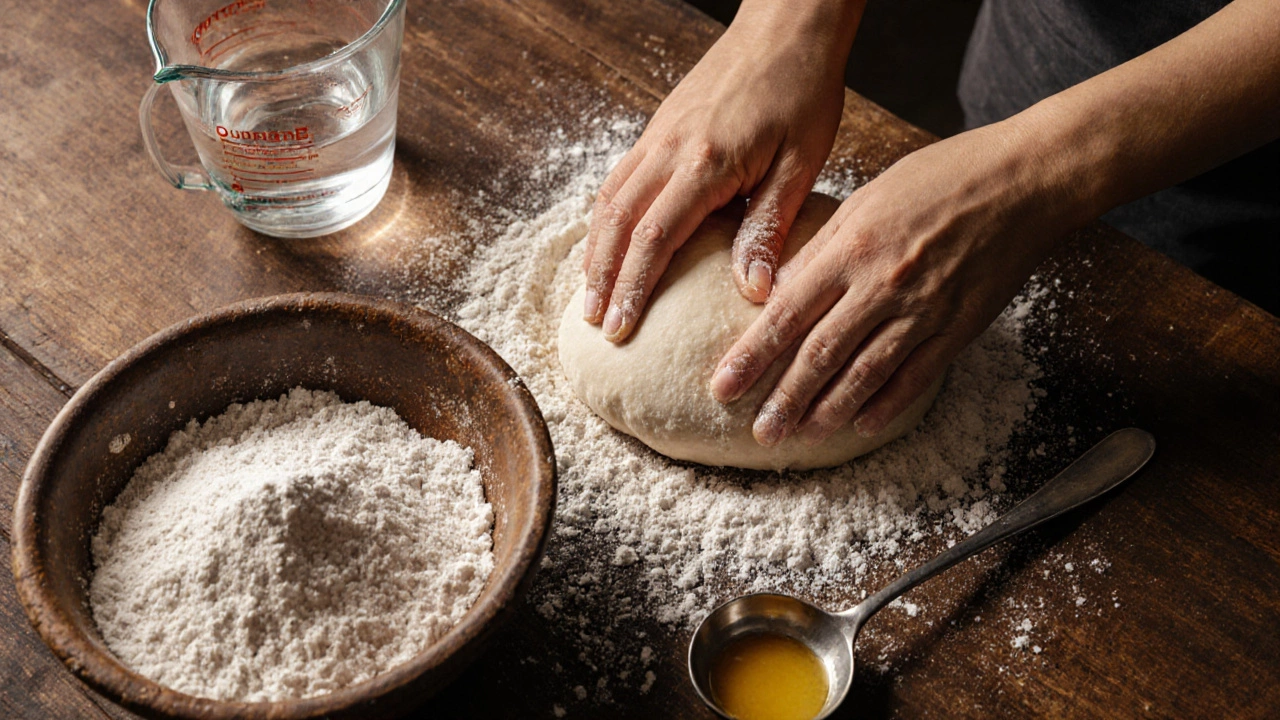Roti Storage Tips: Keep Your Flatbread Fresh Longer
When you master Roti storage tips, simple, science‑backed methods for preserving the softness and flavor of freshly cooked flatbread. Also known as flatbread preservation, it helps you avoid soggy or stale bites the next day. Roti storage tips are not a mystery – they boil down to controlling moisture, temperature, and exposure to air.
First, understand what you’re protecting. Roti, a thin unleavened Indian flatbread made from whole‑wheat flour, water, and a pinch of salt is highly porous, so it drinks up any moisture around it. If you store it in a wet environment, it turns mushy; in a dry one, it dries out fast. The same principles apply to its cousin Naan, a leavened oven‑baked flatbread often brushed with butter. Both benefit from a short cooling period before you wrap them, because steam continues to cook the interior.
Why Proper Storage Matters
The link between storage and Food safety, practices that prevent bacterial growth and maintain nutritional quality is direct. Leaving roti at room temperature for more than two hours creates a breeding ground for mold and harmful bacteria, especially in humid climates. Using airtight containers or a clean kitchen towel keeps unwanted microbes out while retaining the right humidity level.
Temperature control is your next big ally. Refrigeration, cooling food to 4 °C (40 °F) or lower to slow down spoilage slows the starch retrogradation that makes roti hard. Store roti in a sealed plastic bag or a glass container, and press a piece of parchment paper between each layer to prevent them from sticking together. If you need to keep it for more than three days, freeze it – the low temperature halts moisture loss entirely.
When you pull roti out of the freezer, don’t rush the thaw. Let it sit in the refrigerator for a few hours, then warm it on a hot skillet or directly over a flame for 30 seconds per side. This quick reheating restores the soft, pliable texture without drying it out. Adding a drizzle of ghee or a spray of water before heating creates steam, which revives the crumb.
Putting all these ideas together gives you a reliable workflow: let roti cool for five minutes, wrap each piece in parchment, layer in a zip‑lock bag, squeeze out excess air, and store in the fridge for up to three days or the freezer for up to a month. This routine covers moisture control, temperature management, and food safety, ensuring every bite feels like it’s fresh off the tawa.
Below you’ll find a curated list of articles that dive deeper into each step – from choosing the right container to mastering quick reheating tricks. Keep reading to turn your kitchen into a flatbread‑friendly zone and never waste a single roti again.
How to Keep Roti From Getting Soggy - Proven Tips & Tricks
Learn step‑by‑step how to keep roti crisp-choose the right flour, master tawa cooking, store properly, and reheat without sogginess.
